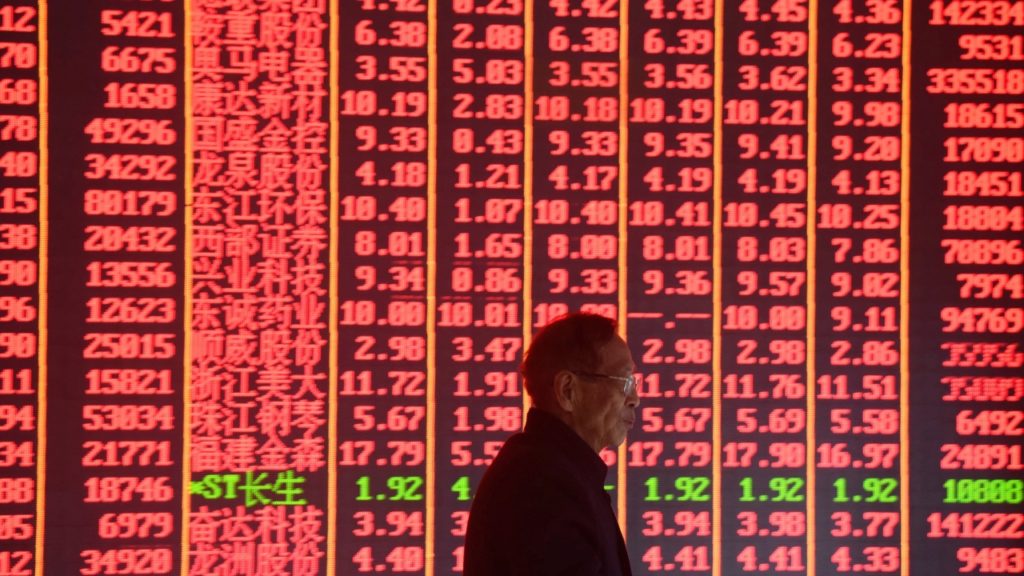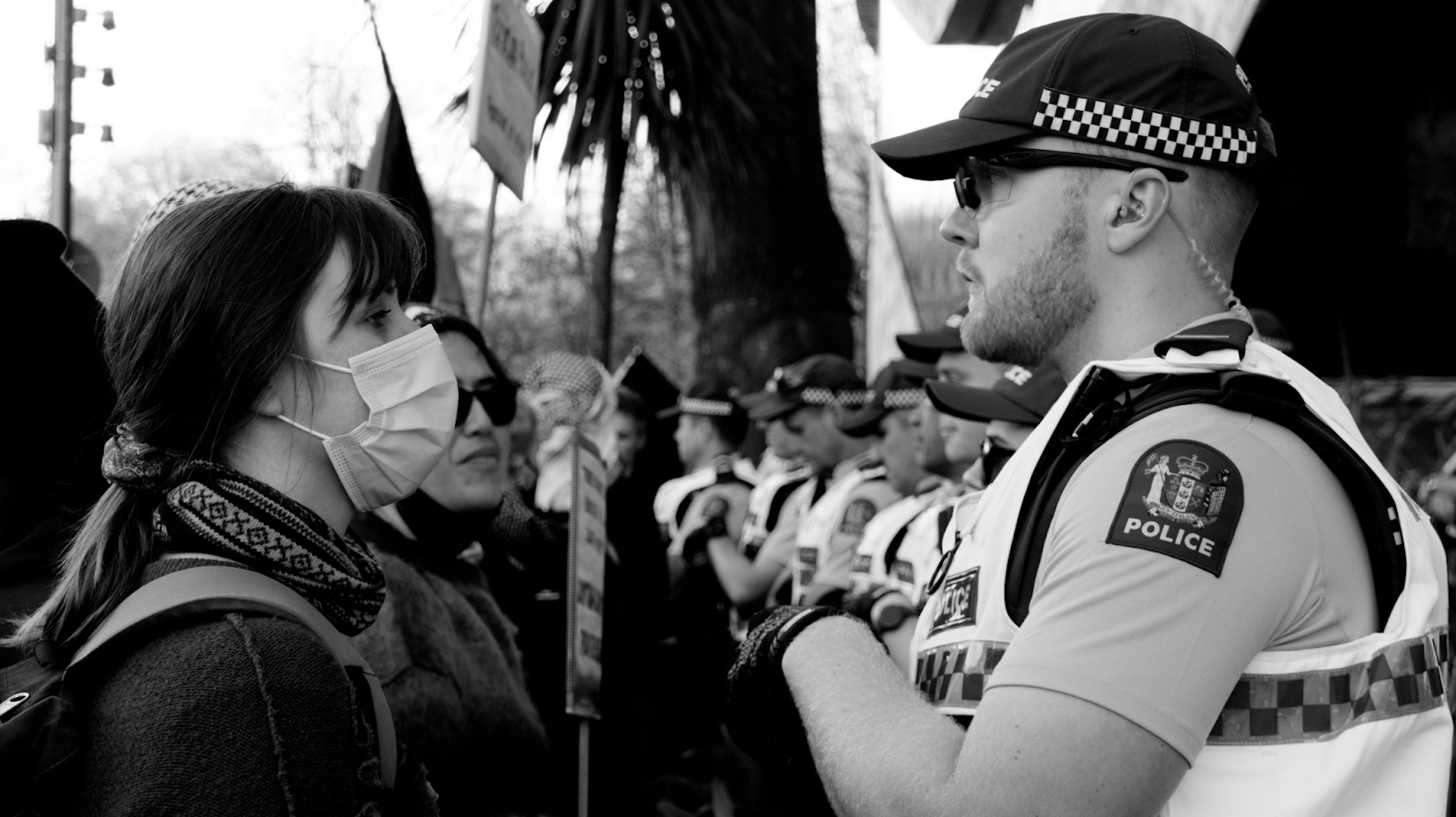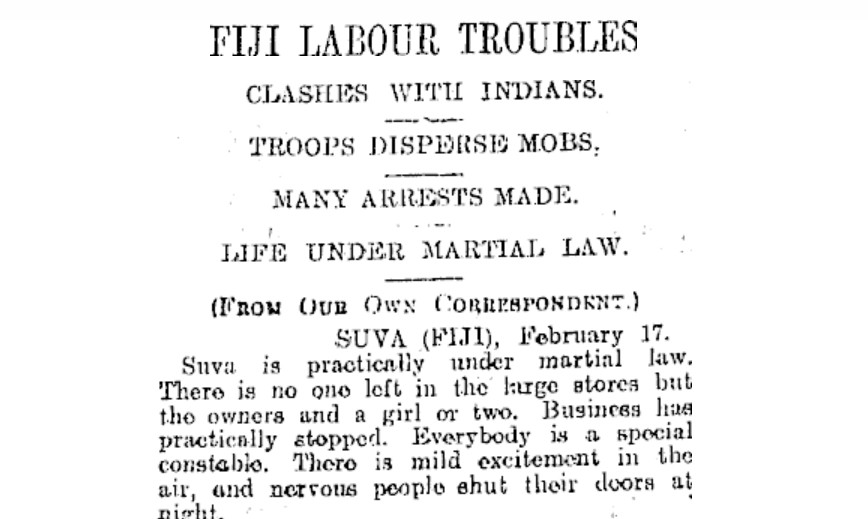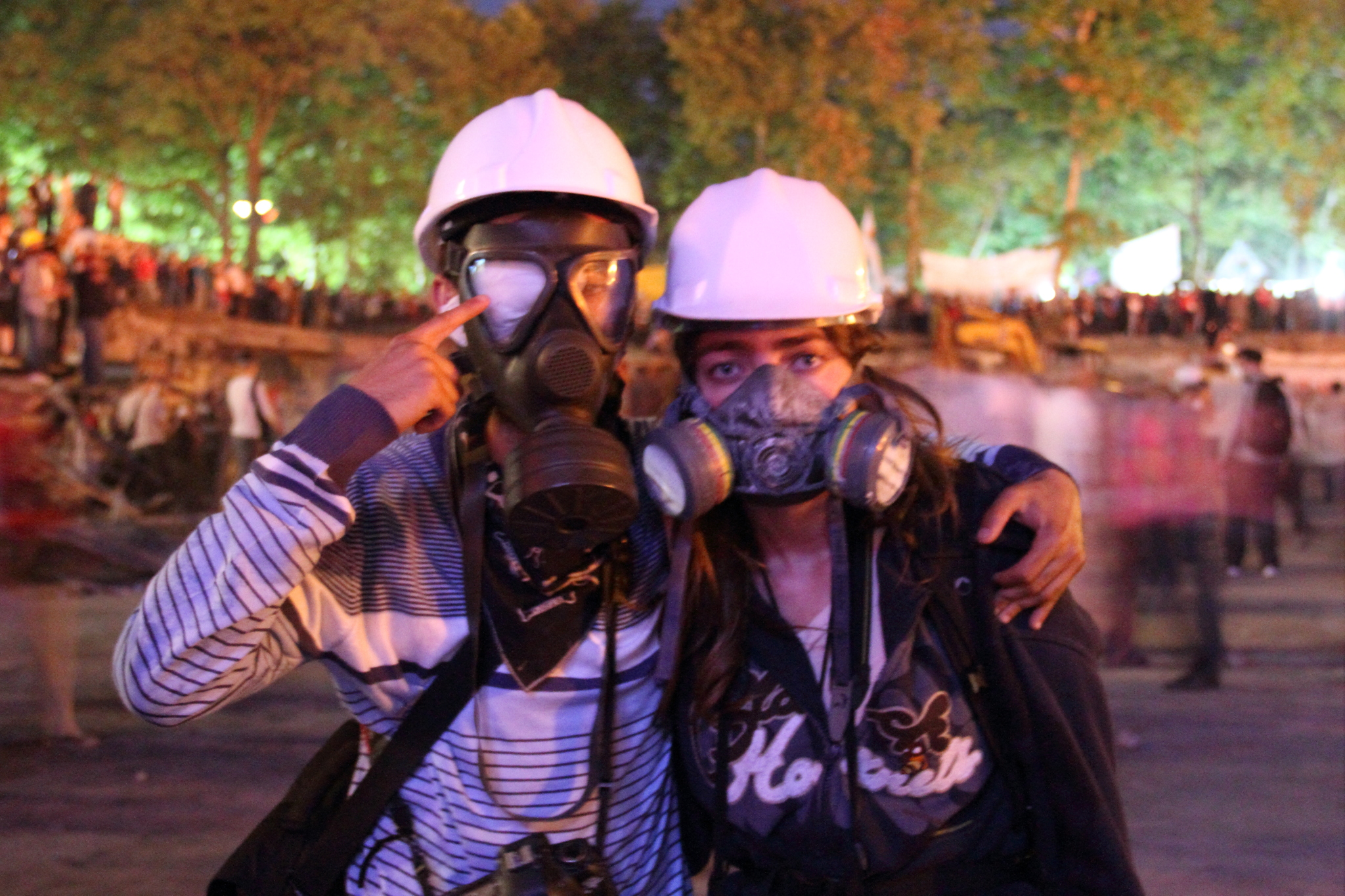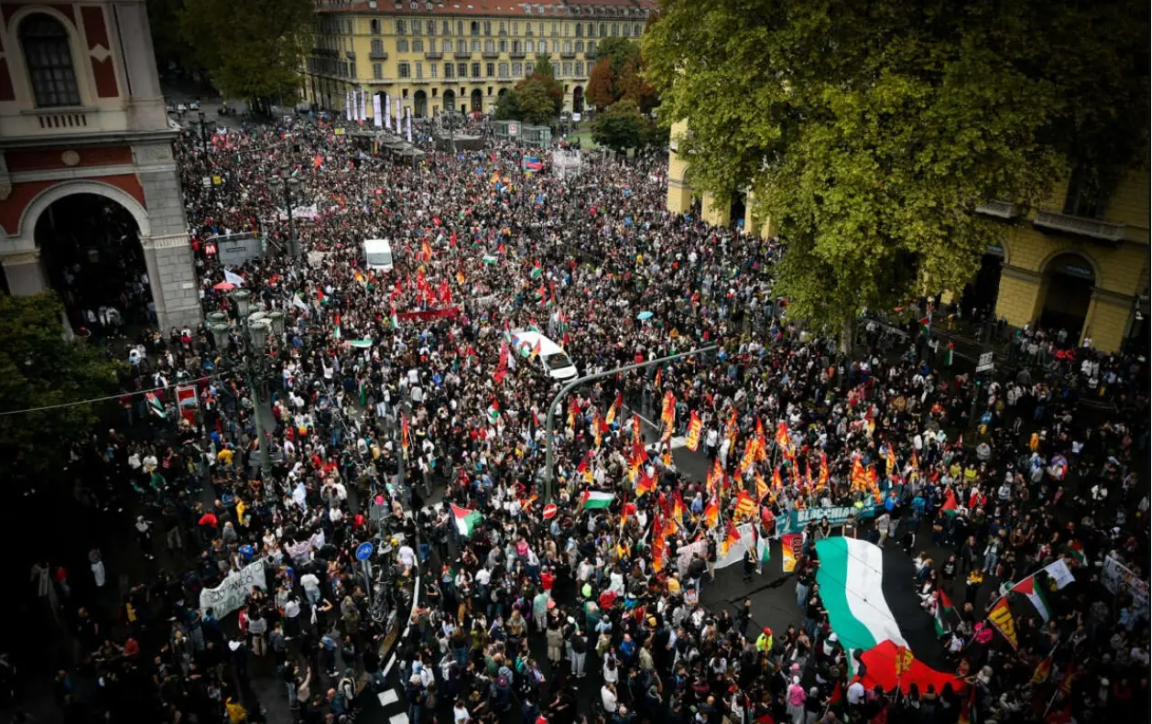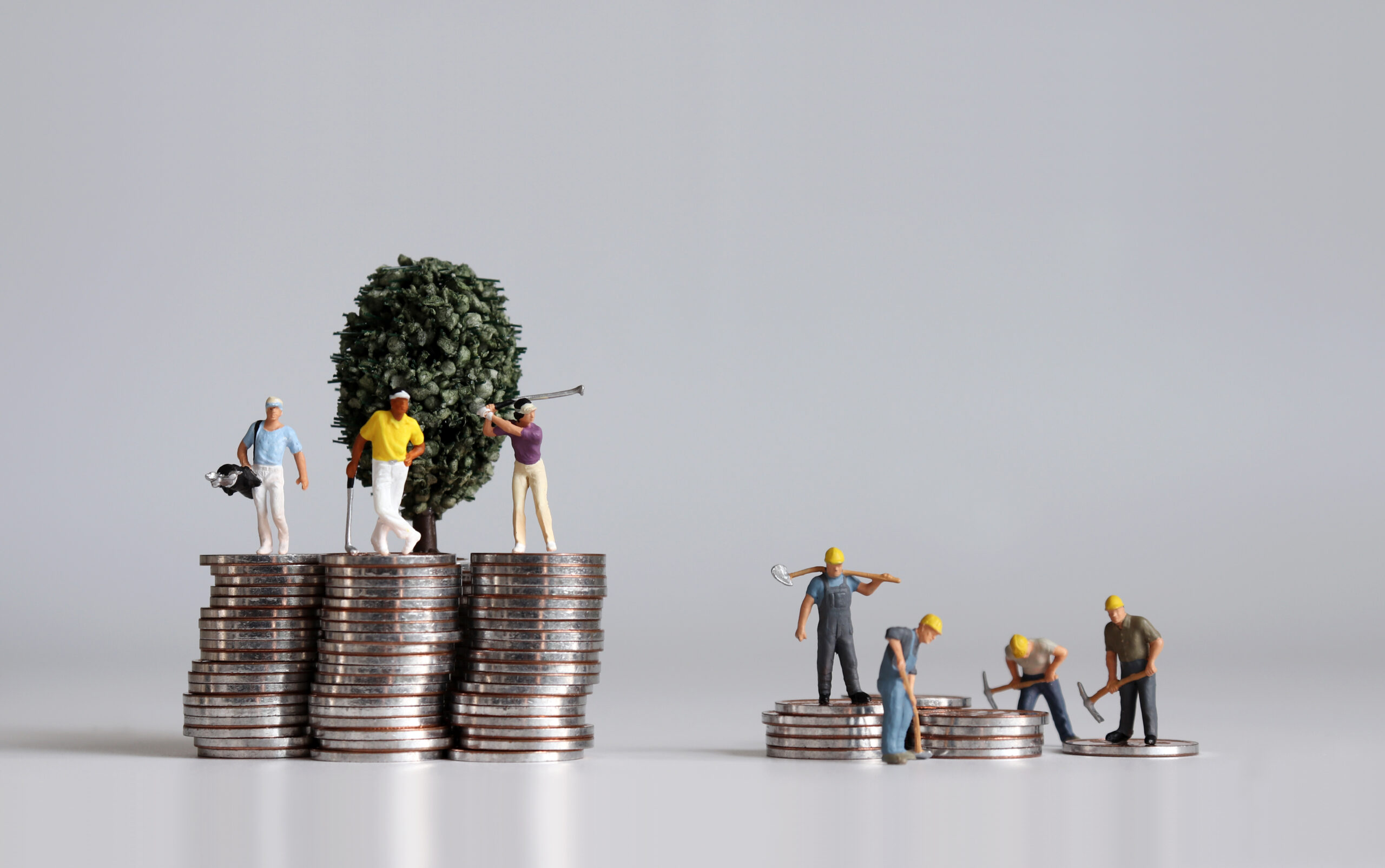At the ISO’s annual conference over the weekend 7-8 December a session on the international situation was led off with this introduction by Martin Gregory.
An assessment of capitalism internationally, both in its political domination and the state of its economy, is essential for forming a view of what might lie ahead for us in New Zealand. To state the obvious, New Zealand capitalism does not exist in a vacuum but is part of an international web of production, trade and imperialist political alliances. Ever since 1848, that year of revolutions, events in one country have synchronised with events in others. Therefore, an estimate of the global situation is the framework under which our expectations for NZ can be anticipated.
The 2008-2009 global financial crisis is still a useful reference point to start talking about the world economy. Under the cyclical theory of capitalism, crashes are supposed to be followed by booms, but a boom did not happen after the GFC. Governments intervened with bank bail-outs and spending schemes to boost their own economies. China helped out the world system with a stupendous spending and lending spree that stimulated a rapid recovery world-wide. But while there was a recovery there has not been an economic boom. No boom because the conditions for boom – increased rates of profit, and consequentially increased investments in the productive economy – were not created.
The creation of boom conditions would have required drastic courses of action by political leaderships of capitalist states. Here are three examples of drastic action that might be taken in a recession to create in a new lease of life for capitalism.
- Non-intervention by governments to allow more companies to go to the wall, leaving fewer competitors with greater global market share. This was the policy of Reagan and Thatcher in response to the 1982 crash. Mass unemployment is created.
- Repression of trade unions in order to drive down workers’ pay and working conditions to extract greater surplus value from their labour.
- War to destroy capital and competitors.
Because drastic actions like these did not happen following the 2008-09 financial crisis, or did not happen sufficiently, increased rates of profit and boom-level investment in the productive economy did not follow. Basically, the 2008-2009 crisis solved nothing. Shattering confrontations between states and/or between classes were postponed. Consequently, the long-term trend of the rate of profit to fall before the GFC has continued to trend down since.
Over the last decade the world economy has stumbled along with minor ups and downs, notably a pick up in the world economy from 2016 through to 2018. But today the world economy is in trouble again and possibly heading for a full-scale recession. The slowdown is uneven. Manufacturing is in recession. My favourite Marxist economist Michael Roberts says this:
The slump in manufacturing is partly the result of general slowdown in investment by capitalist economies and partly the result of the intensifying trade war between the world’s two largest manufacturing economies: China and the US.
The trade war is acting as a trigger for a recession in manufacturing across the globe. Global trade was already slowing down before the trade war broke out and it had already led to casualties globally: for example, Argentina and Turkey.
It is the larger service sector, which includes consumer spending, that is keeping economies above water for the time being.
Let’s look at the current slowdown. Growth in the Euro area is projected to be down to just 1 percent for 2019. Japan also 1 percent and Canada 1.6 percent. The US, somewhat an outlier by having had the strongest growth amongst the old advanced economies, is predicted to record growth of 2.4 percent for 2019, down from 3 percent in 2018. The so-called ‘emerging economies’ like Brazil, South Africa, Russia, Mexico, Turkey and Argentina are growing at no more than 1 percent a year or are in recession. China and India are recording their lowest growth rates for decades. Overall global growth is estimated now to be 2.5 percent a year, the lowest rate since the GFC in 2009.
The Chinese economy, although slowed from double-digit rates, is still growing at 6 percent. According to the IMF, the Asia and Pacific Region is the fastest growing region of the world with a regional 5 percent growth rate estimated for 2019. The economies of countries like Vietnam, Cambodia and Bangladesh are expanding at 7 percent a year or more, but the performance of the advanced economies in the Asia-Pacific Region is sluggish. Singapore is expected to turn out a growth rate of just 0.5 percent for 2019 and Australia just 1.7 percent. New Zealand is trending down to an expected growth rate of 2.5 percent, down from 4.2 percent in 2016.
The IMF’s latest global report says this:
Over the past year, global growth has fallen sharply. Among advanced economies, the weakening has been broad based, affecting major economies (the United States and especially the euro area) and smaller Asian advanced economies.
The slowdown in activity has been even more pronounced across emerging market and developing economies, including Brazil, China, India, Mexico, and Russia, as well as a few economies suffering macroeconomic and financial stress.
In reaction to this slowdown, the central banks around the world are responding by cutting interest rates. The US Federal Reserve’s federal funds rate is down to a range of 1.5 to 1.75 percent, resisting Trump’s demand to cut more. The Bank of England’s base rate is 0.75 percent. The New Zealand Reserve Bank’s cash rate is 1 percent. The potential problem with these rate cuts is that the central banks, by playing their hands early to avoid recession, may only stave off recession temporarily and have no cards left up their sleeves when a recession ensues.
How might a recession affect New Zealand? New Zealand got off lightly from the 2008-09 crisis. That was largely because China imported New Zealand primary goods. Also, New Zealand’s most important trading partner, Australia, stayed out of recession completely because China continued to buy its minerals. It is unlikely that the next recession will play out the same way. Tom Bramble of the Australian Socialist Alternative points out that next time China may be a source of instability.
Although the exact timing and origins of global recessions are impossible to predict, we can be sure that one will happen sooner or later. Karl Marx explained that capitalism goes into cyclical recessions because of the inherent tendency of the rate of profit to fall. As competing capitalists have to invest ever greater sums to stay competitive in the market, the proportion of investment in machinery to labour rises. It comes increasingly difficult to extract the same rate of profit on the investment in fixed capital and labour combined. As Michael Roberts has demonstrated ad nauseam, investment in the productive economy rises and falls with the rate of profit.
The heart of the problem of capitalism on the world scale today is that the rate of profit is not high enough. Capitalists are not investing in the productive economy when returns are higher by investing in stocks and bonds. So, while all the current talk about the slowdown and the contraction of world trade is gloomy, stock markets are having record highs.
I’ll end by quoting the conclusion of a recent blog-piece by Michael Roberts because it is a balanced judgement.
Global economic growth may be at its slowest since the Great Recession; business investment is sluggish at best; productivity growth is falling; and global profits are flat, but employment is still strong in many economies, and wages are even picking up.
So, far from descending into an outright global recession in 2020, there may be just another year of depressed growth in the longest but weakest global recovery for capitalism. And the fantasy world may continue. We shall see.

